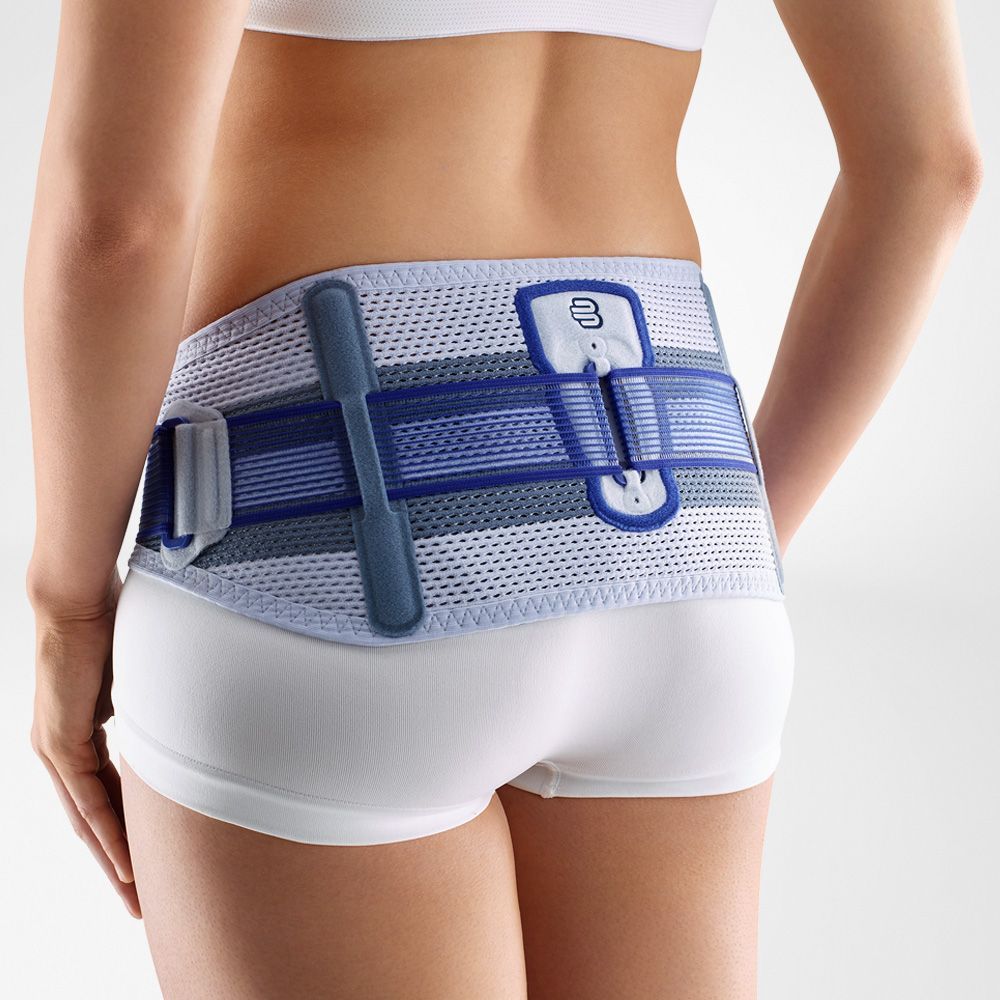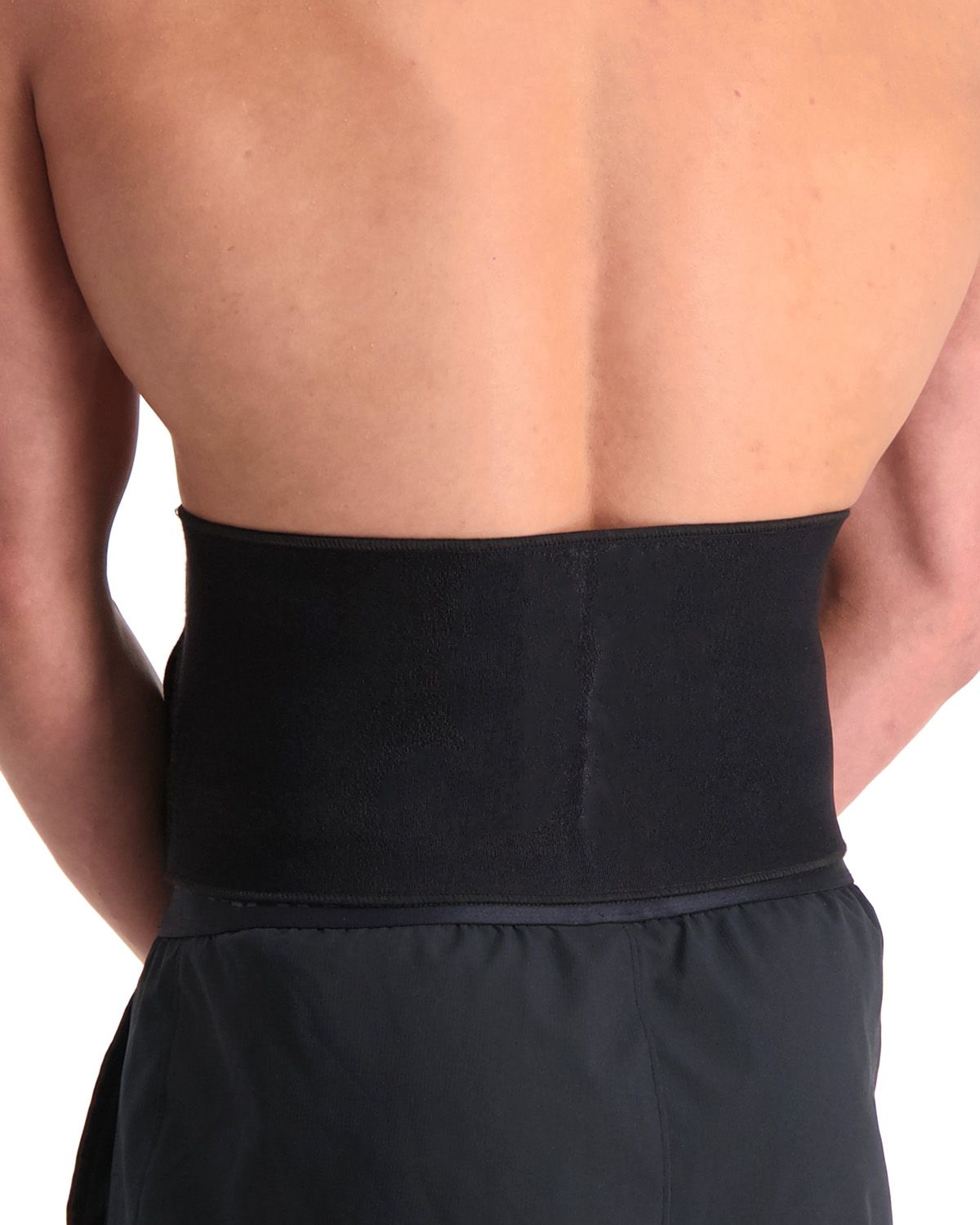Spondylosis
Spondylosis is a condition of the back in which the connection between the vertebral body and the vertebral arch is no longer intact. We are happy to tell you more about the cause, symptoms, and treatment of this condition. Read on below.
What causes spondylosis?
The cause of spondylosis is often a congenital developmental defect in the arch of a vertebra. As a result, this arch does not fully ossify. Ossification is the process of turning cartilage or connective tissue into solid bone. It is common among people, to varying degrees. Not everyone experiences pain symptoms. The condition is frequently seen in athletes who train intensively. Spondylosis is particularly common among swimmers, gymnasts, weightlifters, and football players.
What symptoms can occur?
Spondylosis may cause the following complaints:
- Pain in the lower back
- Radiating pain to the back of the upper thighs
- Limited movement in the lower back
- Sharp pains
- Pain symptoms that decrease after periods of rest
- Muscle spasms in the lower back, thighs, or buttocks
- Difficulty walking or standing for long periods
How is spondylosis diagnosed?
Spondylosis is diagnosed by a physical therapist. They will examine you thoroughly by discussing your symptoms and performing a physical examination. The therapist will carry out a number of tests and measurements to assess your mobility, flexibility, and strength. If these examinations do not provide enough clarity, an X-ray may be requested. An MRI scan may also be chosen. This can show whether the intervertebral discs are worn or if nerves are possibly compressed.
What treatments are available?
There are several treatment options for spondylosis. You can choose a treatment with or without surgery. Your attending physician will first prescribe pain medication to relieve the symptoms. Wearing a back brace can also offer proper support and help reduce the pain. Pain relief through nerve block injections is also an option. If these treatments do not achieve the desired result, surgery may be the final option. During surgery, the connective tissue in and around the defect is removed and filled with bone tissue. It is then secured with a screw. In people over 30, intervertebral disc degeneration is often already present. In this case, the surgeon will fuse the vertebrae. This procedure is called a spondylosis. Even after this surgery, wearing a back brace is strongly recommended. It provides proper support and promotes better recovery.

McDavid 493 Back Support

LP Support Industrial Back Support

Bauerfeind Sacroloc Back Support - Pelvic Belt

Super Ortho Ceramic Magnetic - Magnetic Back Support

Bauerfeind Lumbotrain Straight Back Support
Protection level 3
Viofix Lower Back Support - Pelvic Belt

Dunimed Back Support (without Busks)

Gladiator Sports Back Support

- Physiotherapist
- Sports podiatrist
- Manual therapist
- Podopostural therapist
- Myofascial dry needling specialist


